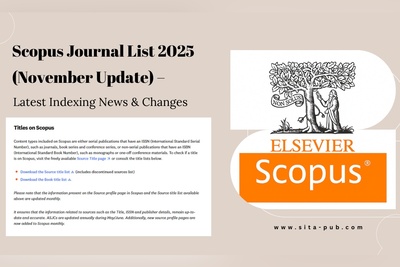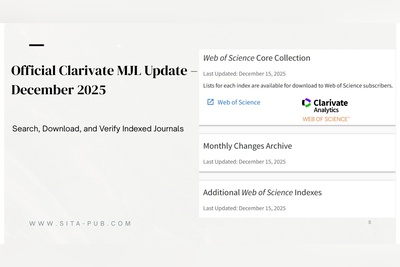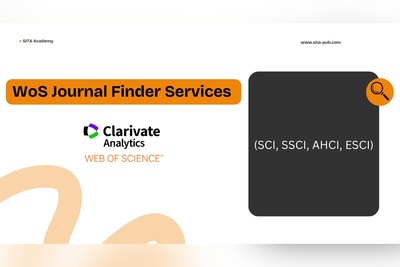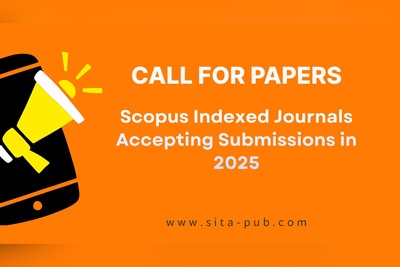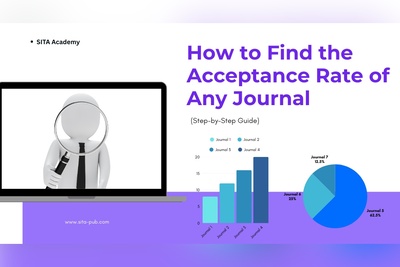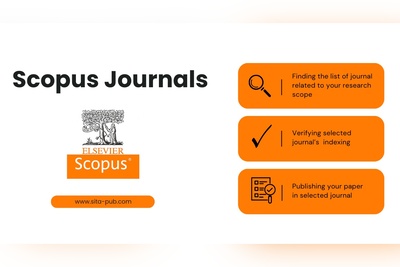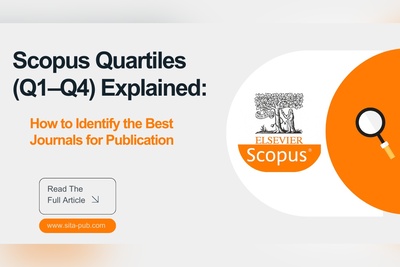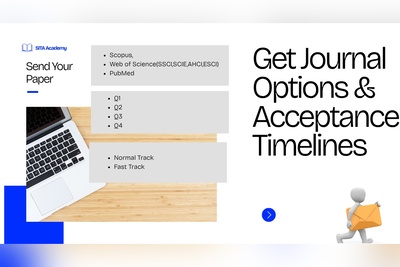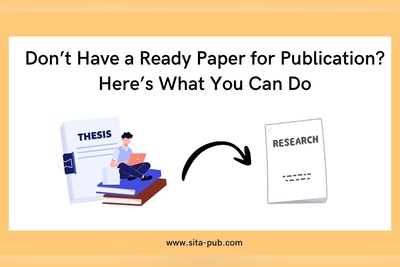Understanding APCs: What Are You Actually Paying For?
Scientific journals are either free or paid, with paid journals charging Article Processing Charges (APCs). These fees support publishing in reputable databases like Scopus, PubMed, and Web of Science. This article explains what APCs are, why they matter, who pays them, and how to manage these costs effectively.
- Types of Publication Models and Their Associated Fees
- Open Access Publishing Fees: Should I Publish in Open Access?
- Why Do Journals Charge APCs? What Are You Actually Paying For?
- Additional Services That Journals May Offer (With Fees)
- Different Payment Methods for APCs
- Differences Between APCs in Reputable Databases
- What If You Can’t Afford the APC? APC Waivers and Funding Options
- Common Misconceptions and Myths About APCs
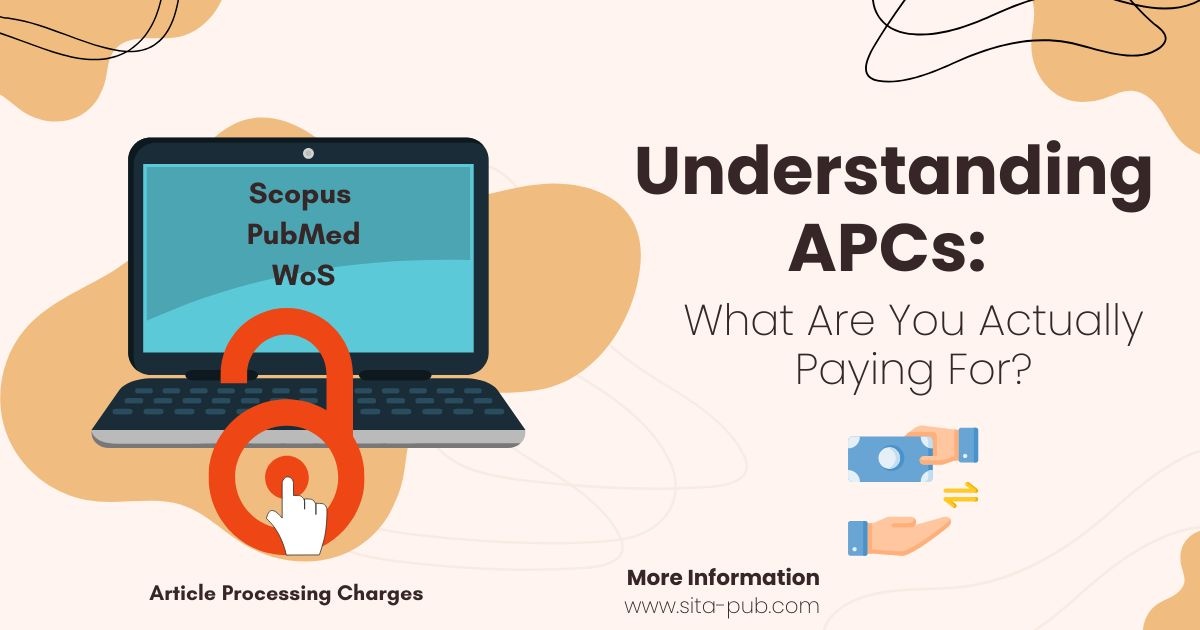
Table of Contents
Introduction to Article Processing Charges (APCs)
Types of Publication Models and Their Associated Fees
4.1 Open Access (OA)
4.2 Subscription-Based Journals
4.3 Hybrid JournalsOpen Access Publishing Fees: Should I Publish in Open Access?
Why Do Journals Charge APCs? What Are You Actually Paying For?
Differences Between APCs in Reputable Databases
10.1 Scopus
10.2 Web of Science (WoS)
10.3 PubMedWhat If You Can’t Afford the APC? APC Waivers and Funding Options
Conclusion
Process of publishing in a scientific journal often comes with a price—commonly known as the Article Processing Charge (APC). In this article, we provide a comprehensive guide to APCs: what they are, why journals charge them, what you're actually paying for, how to cover the costs, and common myths and facts.
What Are Article Processing Charges (APCs)?
APCs are fees charged to authors for processing and publishing their articles in academic journals. These fees are primarily associated with Open Access (OA) publishing, where articles are made freely accessible to everyone online immediately upon publication.
APCs vary significantly depending on the journal’s prestige, indexing, publisher, and the services provided. These charges help maintain editorial workflows, peer review systems, production, and online hosting of the article.

Who Pays APCs?
APCs can be paid by the authors themselves or covered by their institutions, research funders, or governmental and non-profit academic support programs. Many universities and organizations also negotiate agreements with major publishers to reduce or waive APCs for affiliated researchers.
Types of Publication Models and Their Associated Fees
When preparing to publish a research paper, it's important to understand the various publication models and associated fees. Broadly, academic journals follow three primary models:
Open Access (OA): Articles are freely available to the public immediately upon publication. Authors typically pay Article Processing Charges (APCs) ranging from $500 to $3,500. The fee covers editorial review, indexing, hosting, and public access.
Subscription-Based Journals: These journals do not charge authors, but access is restricted to subscribers. Revenue comes from universities and libraries. Some may charge extra fees such as page fees, color figure fees, or submission fees (usually $50–$150).
Hybrid Journals: These offer both models. Authors can publish traditionally (free for authors, paywalled for readers) or pay an APC to make the article Open Access. APCs in hybrid journals can be higher, sometimes exceeding $4,000.
Each model has pros and cons depending on your goals, budget, and audience. Understanding these options helps researchers choose the most suitable and cost-effective route for publishing their work.
Open Access Publishing Fees: Should I Publish in Open Access?
Open Access (OA) publishing allows anyone to read and download your research without subscription barriers. This model promotes wider dissemination and higher visibility—but often comes with Article Processing Charges (APCs) that authors must pay.
Typical OA fees range from $500 to $3,000, depending on the journal's prestige, indexing (e.g., Scopus, Web of Science), and publisher (e.g., Elsevier, Springer, Wiley). These charges cover peer review, editorial services, hosting, archiving, and free public access.
But is it worth it?
✅ Yes, if:
• You want your work to be widely accessible and cited
• You have institutional or grant funding
• The journal has a strong impact factor and indexing
🚫 No, if:
• You lack funding and can’t secure a waiver
• The journal is not indexed or reputable
• You’re targeting a specific, subscription-based audience
While Open Access increases your paper’s reach, it's essential to weigh the benefits versus the cost.
Always check the journal’s reputation, indexing, and peer review quality before choosing Open Access.
Why Do Journals Charge APCs? What Are You Actually Paying For?
While APCs are sometimes criticized, they serve essential roles in the publishing process, especially for open-access models. Here's what your APC typically covers:

Manuscript Submission System
• Handling and maintenance of submission platforms.Editorial and Peer Review Process
• Costs related to coordinating peer reviewers, editorial board members, and maintaining ethical standards.Production
• Formatting, copy-editing, typesetting, and converting articles into different file formats (PDF, HTML, XML).Digital Archiving and Hosting
• Ensuring long-term availability through servers, DOI registration, and backup services.Marketing and Distribution
• Promoting the research and maintaining its visibility online.
What Other Fees Can Journals Charge?
Besides the main APC, journals may also charge:
Submission Fee
A non-refundable fee paid when submitting the manuscript, regardless of acceptance. Common in some high-tier journals.Publication Fee (APC)
Charged once the paper is accepted; the main APC discussed above.Print Charges
For authors who want physical reprints of their article or journal issues. Less common in the digital age.Color Charges
For printing color figures in physical journals. Online journals may waive this fee.Extra Page Charges
Applied if a manuscript exceeds the journal’s word or page limit.Additional Figures or Tables
Fees may apply for including an unusually high number of figures or tables.Fast-Track or Accelerated Review
Optional fee for quicker peer review and publication; useful for time-sensitive submissions.Supplementary File Hosting
Hosting large datasets, videos, or additional appendices may incur extra costs.
Additional Services That Journals May Offer (With Fees)
Many journals and their publishing partners offer optional premium services that can improve submission quality and acceptance rates. These services are not included in the basic APC and usually require separate payment.

🔹 Native English Editing
This service is crucial for authors whose first language is not English. Journals expect manuscripts to meet high standards of academic language, grammar, and style. Poor language quality is a common reason for desk rejection.

🔹 Plagiarism Checking and Cleaning
Most journals screen manuscripts using plagiarism detection tools such as Turnitin or iThenticate. If the similarity index is high, some journals or external providers offer rewriting and paraphrasing services to reduce plagiarism scores.

🔹 Other Common Paid Services:
• Manuscript Formatting (to meet specific journal templates)
• Translation Services (e.g., Arabic to English)
• Figure/Table Redesign (to enhance resolution and clarity)
• Reference and Citation Editing (to match required style)
These services, while optional, can significantly increase acceptance chances—especially in high-impact or international journals with strict editorial standards.
Different Payment Methods for APCs
Most international journals accept multiple payment methods:
• Credit/Debit Cards (Visa, MasterCard, etc.)
• PayPal
• Bank Wire Transfers
• Institutional Payment via Research Grants
• Western Union (less common but accepted in specific countries)
Journals usually issue an invoice upon acceptance, and payment must be made before final publication.
Differences Between APCs in Reputable Databases
The cost of APCs can vary significantly across major indexing databases:
Scopus Fees
• Journals indexed in Scopus often have moderate to high APCs.
• Average APC: $300–$2,000
• Publishers: Elsevier, Springer, WileyWeb of Science (WoS) – including SCIE, SSCI, AHCI, ESCI Fees
• Tend to be more prestigious and expensive.
• APC Range: $1,000–$5,000+
• Publishers: Nature Publishing Group, Taylor & Francis, Wiley, SpringerPubMed Fess
• Includes a mix of free and APC-based journals.
• Many are government or institution funded (e.g., NIH in the US).
• APC Range: $500–$2,500
Note: Reputable publishers like Nature, Elsevier, and Springer tend to offer transparent pricing and higher service quality, justifying their higher APCs.
What If You Can’t Afford the APC? APC Waivers and Funding Options
Lack of funding shouldn’t stop researchers from publishing:
Waivers and Discounts
Many journals offer full or partial APC waivers for authors from low-income or developing countries. You must apply during the submission process.Institutional Support
Some universities allocate funds for APCs from research budgets.Research Grants
Funding agencies may include APCs as an eligible expense.Non-Profit Journals
Some scholarly societies publish journals with no or minimal fees.
Frequently Asked Questions (FAQs) About APCs
Q1: Are APCs mandatory in all journals?
No. APCs are mostly charged by open-access journals. Subscription-based journals often don’t charge APCs unless you choose the open-access option.
Q2: Can I publish for free in Scopus or WoS journals?
Yes, some journals charge no fees at all. These are typically funded by institutions, governments, or academic societies.
Q3: Can I get a refund if my paper is rejected?
Generally, APCs are only charged after acceptance. Submission fees (if any) are non-refundable.
Q4: How do I know if an APC is fair?
Check the journal’s website and ensure it's indexed in reputable databases.
Common Misconceptions and Myths About APCs
Myth 1: "APCs mean I’m paying for publication approval."
Fact: APCs are paid upon acceptance. Peer review remains rigorous and independent.
Myth 2: "High APC = Better Journal."
Fact: Not always. Some journals charge high APCs due to brand reputation, but quality should be judged by impact factor, indexing, and editorial board.
Myth 3: "All journals charge APCs."
Fact: Many reputable journals do not charge APCs, especially those that are subscription-based or funded.
Myth 4: "If I can’t pay APC, I can’t publish."
Fact: Waivers, funding, and free journals are available. Cost should never block scientific communication.
Conclusion
Understanding APCs is crucial for planning your research publication journey. Whether you are aiming for a high-impact journal or looking for a budget-friendly option, knowing what you are paying for—and why—will help you make informed decisions.
Remember:
• APCs support open-access publishing and global knowledge dissemination.
• Many funding options and waivers exist.
• Always verify a journal’s credibility before paying any fees.
By being aware and strategic, you can publish successfully without unnecessary stress or financial burden.
Process of Submitting an Order in SITA Academy

Share Your Research Scope |

Receive Journal List |

Select Your Journal |

Formatting & Submission |
Verified Contact Channels
If you have any questions, inquiries, or would like to learn more about our services, please don't hesitate to reach out to us. Our dedicated team is ready to assist you.






